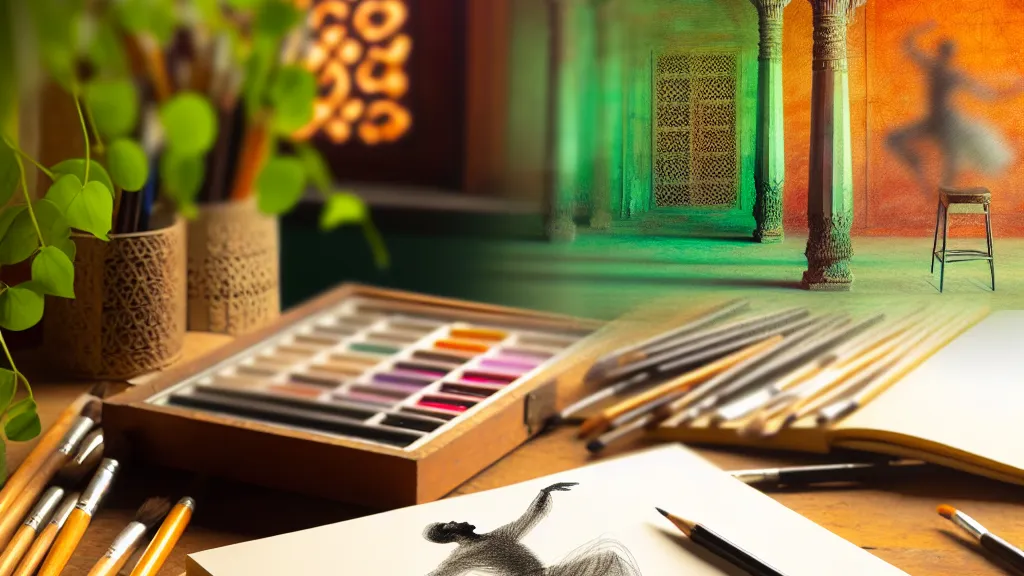Introduction
Sketching is a fundamental skill for any artist, serving as the foundation for more complex forms of art. Whether you're capturing a fleeting moment, drafting an idea for a larger project, or honing your skills, mastering sketching techniques can dramatically improve your artistic ability. In this guide, we explore various techniques, tips, and exercises to help you develop and refine your sketching skills.
Understanding Your Tools
The first step in honing your sketching skills is understanding the tools at your disposal. While traditional pencils, charcoal, and ink pens are popular choices, digital tools like tablets and styluses also provide unique opportunities for expression. Here's a quick breakdown of common sketching tools:
- Pencils: Versatile and easy to erase, ideal for beginners.
- Charcoal: Soft and expressive, perfect for dramatic sketches.
- Inking Pens: Great for detail-oriented work and finished illustrations.
- Digital Tablets: Allows for limitless corrections and unique effects.
Essential Sketching Techniques
Now let's delve into specific techniques to elevate your sketching. Practicing these regularly will help you develop confidence and improve your ability.
1. Gesture Drawing
This fast drawing technique focuses on capturing the essence of a subject's movement or posture. Set a timer for 1 to 5 minutes and make quick, loose sketches to represent the form without worrying about details.
2. Contour Drawing
Contour drawing helps you focus on the outlines and shapes of an object. Concentrate on the shapes your subject naturally takes instead of how it looks. Try doing this without lifting your pencil from the paper.
3. Shading Techniques
Mastering shading can add depth and dimension to your sketches. Use techniques like hatching (parallel lines) and cross-hatching (intersecting lines) to create texture. Gradually build up layers from light to dark.
4. Still Life Studies
Set up a simple still life with objects around your home. This practice allows you to focus on proportions, light, and composition without the pressure of a moving subject.
5. Nature Sketching
Sketch outdoors to capture the beauty of nature. Focus on elements like trees, flowers, and landscapes to practice observation skills. Experiment with different weather conditions to see how they alter your subjects.
Conclusion
Mastering sketching techniques takes time and practice, but with dedication, you can significantly enhance your artistic skills. Remember to experiment with different tools and styles, and don’t be afraid to make mistakes – they are part of the learning process! Keep sketching and let your creativity flow! Happy drawing!

